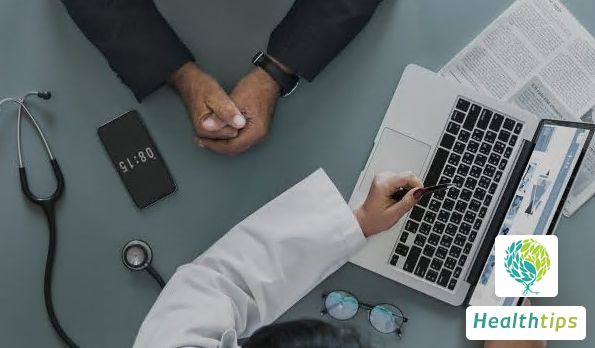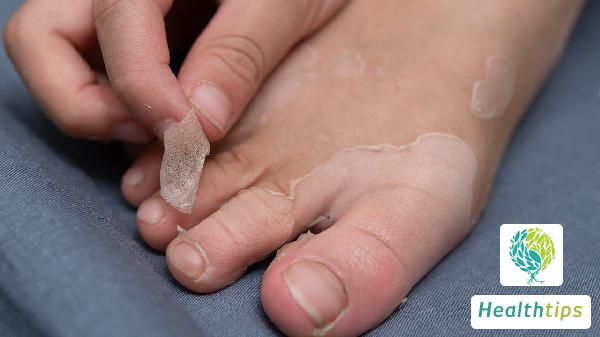What Are the Symptoms of Peripheral Neuropathy?
Peripheral neuropathy is a class of diseases caused by abnormal nerves. Common diseases are divided into two categories: cranial nerve diseases and spinal nerve diseases. Common trigeminal neuralgia belongs to peripheral neuropathy. When peripheral neuropathy occurs, patients may experience symptoms of the motor system and the sensory system, such as muscle weakness, atrophy, abnormal sensation, and pain. Below, we will provide a detailed explanation of the symptoms and treatment methods of peripheral neuropathy and other related knowledge.

Peripheral neuropathy can manifest as trigeminal neuralgia, facial neuritis, facial muscle spasms, and multiple cranial nerve injuries in cranial nerves. It can also manifest as ulnar nerve, median nerve, and radial nerve paralysis in the upper limbs, sciatica and peroneal nerve paralysis in the lower limbs, intercostal neuralgia in the trunk, Guillain-Barre syndrome and peripheral neuritis in the limbs, etc. When peripheral neuropathy occurs, symptoms of the motor system may include muscle weakness or loss, muscle atrophy, decreased or absent tendon reflexes, muscle fasciculations, muscle spasms, etc. Symptoms of the sensory system may include abnormal sensation (including numbness, tingling, and electrical sensation), decreased sensation (including pain, temperature, and touch sensation), and pain. Autonomic nervous system symptoms may include anhidrosis and hair erection disorders.
Cranial nerve diseases: trigeminal neuralgia, idiopathic facial paralysis, facial muscle spasms, multiple cranial nerve injuries; spinal nerve diseases: mononeuropathy and neuralgia, multiple neuropathies, acute inflammatory demyelinating polyneuropathy, chronic inflammatory demyelinating polyneuropathy.
The first step in the treatment of peripheral neuropathy is to address the underlying cause. Secondly, symptomatic support measures such as analgesics and vitamin B complex are provided. Acupuncture, physical therapy, and massage are important measures during the recovery phase, which can help prevent muscle contracture and joint deformation.



















